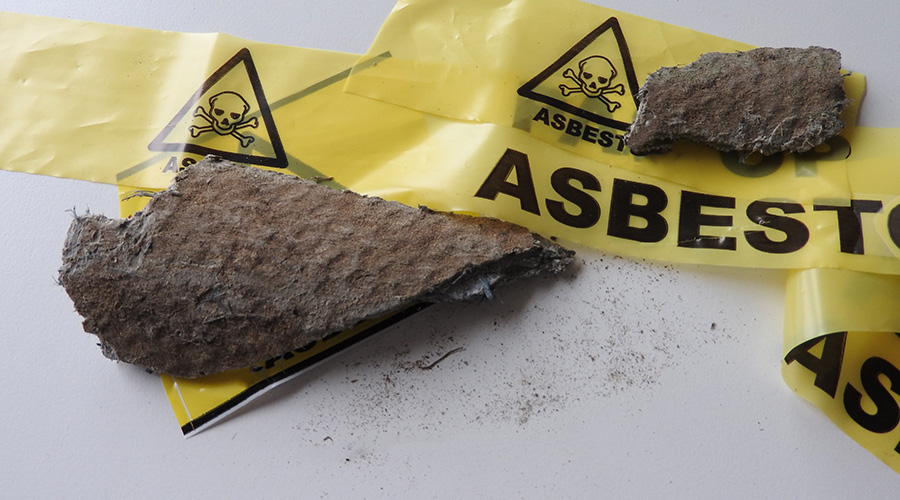Amid Rising Vacancy Rates, U.S. Industrial Market Helped By Weak Dollar
Following six consecutive quarters where vacancy held stable at 7.6 percent or 7.7 percent, the U.S. industrial market vacancy rate rose to 8 percent in the first quarter of 2008, according to Grubb & Ellis.
Following six consecutive quarters where vacancy held stable at 7.6 percent or 7.7 percent, the U.S. industrial market vacancy rate rose to 8 percent in the first quarter of 2008, according to Grubb & Ellis.
Among large U.S. markets, industrial vacancy was lowest in Los Angeles County at 1.6 percent and highest in Memphis at 16.1 percent. Of the 50 industrial markets that Grubb & Ellis tracks, 32 posted rising first quarter vacancy rates while 18 posted declines.
Markets posting vacancy increases over one percentage point during the quarter included California's Inland Empire, Nashville, Las Vegas, Oklahoma City and Phoenix. Only Sacramento and Northern Indiana (South Bend area) saw their vacancy rates decline by more than a percentage point.
The surplus of new space delivered over net absorption drove vacancy higher in the first quarter. Completions totaled 37.4 million square feet against 21.1 million square feet absorbed - the lowest rate of absorption since the first quarter of 2004.
Construction starts totaled 33.8 million square feet in the first quarter, down significantly from the recent peak of 53.3 million square feet started in the second quarter of 2007. With completions exceeding new starts, the construction pipeline has narrowed over the last two quarters to a still-robust 121.1 million square feet, down from the recent peak of 142.4 million square feet in the third quarter of last year.
With decreased demand for delivered space, vacancy rates are expected to end the year between 8.5 percent and 9.0 percent, below the prior peak of 10.1 percent in the first quarter of 2003.
Asking rental rates for all types of industrial space were unchanged in the first quarter at $5.87 per square foot per year triple net. Over the past four quarters, the average asking rate increased 13 cents, a gain of 2.3 percent.
The economy appears to be poised on the cusp of a recession if not already in one, says Grubb & Ellis. A recession is not good news for commercial real estate, but the industrial market is helped by global growth and the weak dollar. Exports are up nearly 21 percent in dollar volume over the 12 months ending in February. Imports have surged by 16.4 percent during this period despite the weak dollar. Exports help manufacturers in particular, while global trade in general creates demand for warehouse/distribution space.
Related Topics:











